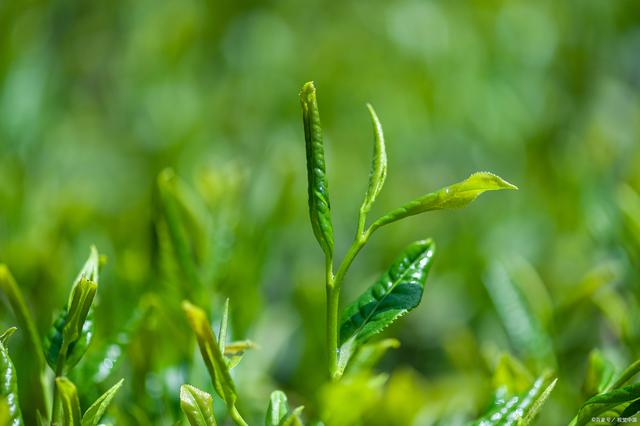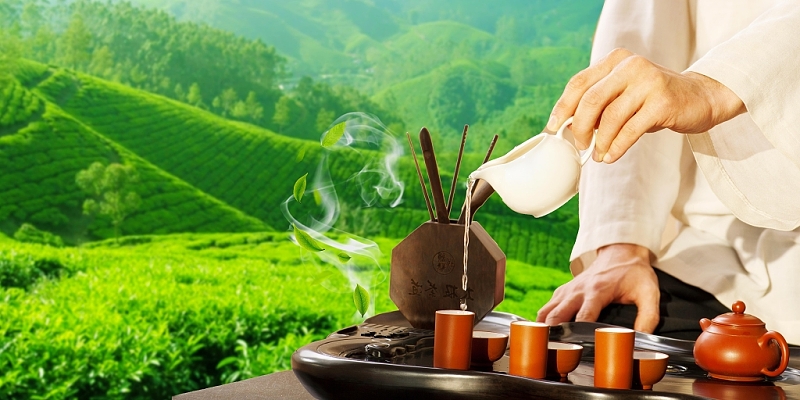Green tea, with its delicate aroma and golden hue, has woven itself into the fabric of human history, carrying stories of emperors, poets, and philosophers. From its humble beginnings in ancient China to its global embrace, the beverage has been a silent witness to civilizations, its journey etched with myths, rituals, and artistry. Below, we explore some of the most captivating legends and cultural milestones that define green tea’s enduring legacy.

1. The Divine Origin: Shen Nung and the Accidental Elixir
The earliest recorded tale of tea’s discovery dates to 2737 BCE, attributed to the Chinese Emperor Shen Nung, the “Father of Chinese Medicine.” Legend has it that while boiling water under a wild tea tree, a gust of wind swept leaves into his cauldron. Intrigued by the fragrant brew, he sipped it and felt invigorated. Serendipitously, the leaves had detoxified the water, and tea became China’s first medicinal beverage. This myth not only marks tea’s origin but also its symbolic link to health and serendipity.
2. Lu Yu and the Canonization of Tea
In the 8th century CE, the scholar Lu Yu composed the Classic of Tea (Cha Jing), a treatise that elevated tea from a daily drink to a philosophical and aesthetic pursuit. Though not exclusive to green tea, his work codified its preparation, from water quality to utensils. Lu Yu’s emphasis on simplicity and mindfulness mirrored the Zen ideals emerging in Chinese Buddhism, transforming tea into a meditative act. The Cha Jing remains a cornerstone of tea culture, influencing Japanese tea masters centuries later.
3. The Zen of Tea: Chan Buddhism and the “Bowl of Enlightenment”
During the Tang Dynasty, Chan (Zen) monks adopted tea as a tool for sustaining meditation. The bitter, earthy flavor of green tea was seen as a metaphor for life’s hardships, while its calming effects aided focus. The monk Eisai later brought tea seeds and Zen rituals to Japan in the 12th century, birthing the Japanese tea ceremony (chanoyu). Here, green tea—specifically matcha, a powdered form—became a symbol of wabi-sabi (imperfection’s beauty) and the transient nature of existence.
4. The British Affair: Green Tea’s Role in a Nation’s Identity
While black tea dominates modern British culture, green tea was the first to arrive in the 17th century via the East India Company. Initially prized as a luxury, it became a status symbol among aristocrats. The 1660 marriage of King Charles II to Catherine of Braganza, a tea enthusiast, popularized the drink. Though later overshadowed by black tea, green tea’s early influence is etched in literature like Jane Austen’s Pride and Prejudice, where it signifies refinement.
5. The Boston Tea Party: A Revolution Steeped in Green
In 1773, green tea played an unlikely role in the American Revolution. The British East India Company’s monopoly on tea, including green varieties, incensed colonists. The infamous Boston Tea Party saw activists dumping 342 chests of tea into the harbor, a rebellious act that escalated tensions. Ironically, the protest was against taxation on all tea, including green, which later faded from American preferences post-independence.
6. The Literary Muse: From Chinese Poets to English Novelists
Green tea has long been a muse for artists. Chinese Tang Dynasty poet Lu Tong wrote of its “jade-like liquid” in his Seven Cups of Tea poem, while Song poet Su Dongpo praised its ability to “drive away the bookworm.” In Japan, the tea ceremony inspired haiku masters like Bashō to pen verses on its fleeting beauty. In England, Charlotte Brontë’s characters often sipped tea, reflecting its integration into Victorian domestic life.
7. Modern Rituals: From Japanese Tea Houses to Silicon Valley Biohacking
Today, green tea’s legacy endures in rituals both ancient and new. In Kyoto, a bowl of matcha in a traditional tea house remains a spiritual pause. Meanwhile, Silicon Valley tech titans tout its L-theanine for focus, blending ancient wisdom with modern productivity hacks. Its journey from emperor’s elixir to biohacker’s staple underscores its adaptability.
Conclusion
Green tea’s story is one of quiet resilience—a leaf that has transcended borders, ideologies, and epochs. From its mythical beginnings to its modern-day reimaginings, it carries the weight of tradition while remaining refreshingly current. In every sip, we taste not just a beverage, but a thread connecting past and present, East and West, philosophy and everyday life. As the world grows faster, perhaps green tea’s greatest lesson is its reminder to pause, breathe, and savor the moment—a wisdom as timeless as the leaf itself.



